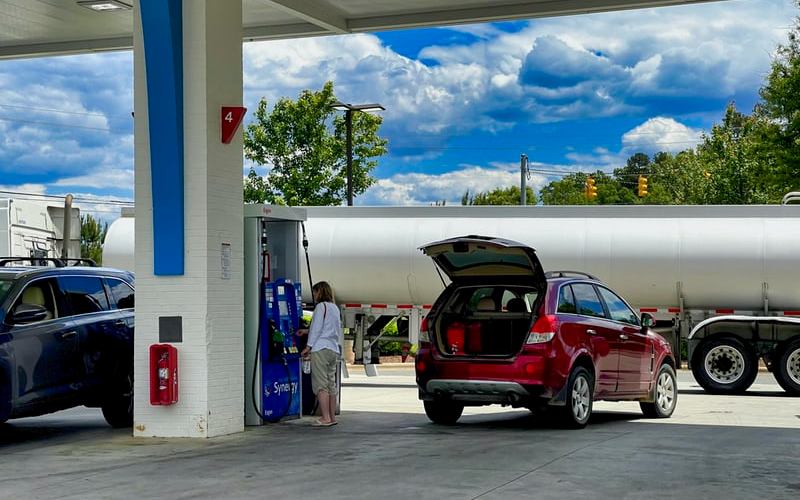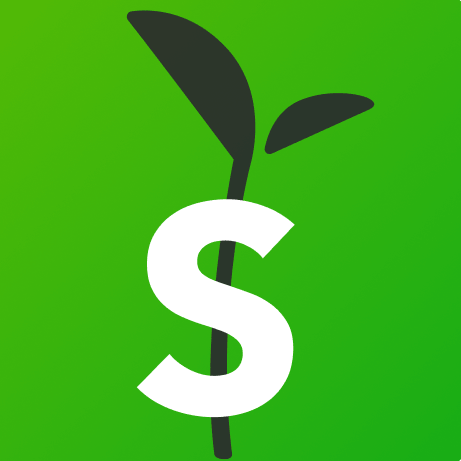The CommBank Household Spending Intentions Index rose by a modest 0.9% in June to 117.3.
Data shows the gain in June was mainly driven by increased cost of goods and higher spending in the transport, education, and household services sectors.
The transport spending intentions category posted the strongest gains in June, up 6.7% on the month.
This was spurred by higher petrol prices and an increased use of public transport, car parks, taxis and childcare services according to CBA.
While transport spending is up 132.2% from June 2021, it still remains below pre-pandemic levels.
| Spending Category | Monthly Change | Yearly Change |
| Transport | +6.7% | +132.2% |
| Education | +3.7% | +8.0% |
| Household services | +2.6% | +14.5% |
| Travel | +1.5% | +71.3% |
| Motor vehicle | +1.4% | -10.7% |
| Health and fitness | +1.1% | +11.3% |
| Insurance costs | +1.1% | +0.5% |
| Utilities | +0.5% | +0.7% |
| Communications and digital streaming | 0.0% | +1.0% |
| Retail | -0.3% | +9.3% |
| Home buying | -3.6% | -8.1% |
| Entertainment | -3.8% | +1.8% |
Source: CBA
Stephen Halmarick, CBA chief economist, says the rise in transport spending is due to Aussies returning to the office.
“Australian consumer spending remains higher than a year ago, as the economy recovers from the 2021 lockdowns, with the CommBank HSI Index up 11.9% relative to June 2021,” Mr Halmarick said.
“However the index’s modest gain in June was narrowly based, driven mainly by the increased price of many goods and services, such as petrol, which helped drive higher spending on transport, along with increased spending on education and household services.
“Interest rate-sensitive sectors of the economy are clearly starting to show the impact of recent Reserve Bank interest rate increases, with discretionary spending on entertainment, home buying and retail all declining on the month.”
Many cities around Australia this time a year ago were in Covid lockdowns.
Data released today from the Australian Bureau of Statistics (ABS) also found transport as the largest household spending increase at 14.5%. It’s important to note that this data is from May 2022.
Jacqui Vitas, head of macroeconomic statistics at the ABS, said household spending increased in all spending categories, with the largest increase in spending on services (10.2%).
“Strength in the services categories was driven by transport (up 14.5%), as air travel continued to recover, and higher petrol prices increased motor vehicle running costs.”
Additionally, all states and territories recorded increases in household spending in May 2022, compared to May 2021.
Queensland and South Australia recorded the strongest increase in spending throughout the year with 10.4% each while Victoria followed with 9.1%.
Cost of living concerns balloon
According to SEC Newgate’s Mood of the Nation survey, respondents nominated cost of living as their number one issue, up from 29% in March to 60% in June.
The survey of 1,200 Australians found people’s biggest cost of living issues were groceries, petrol, electricity bills, insurance policies, gas bills, rent, and mortgages.
Economic pessimism is also growing with the survey finding the number of people who think things will improve in three months has fallen from 57% to 36%.
This also coincides with the Westpac-Melbourne Institute's consumer confidence index seeing its seventh consecutive monthly slide.
Advertisement
Need somewhere to store cash and earn interest? The table below features savings accounts with some of the highest interest rates on the market.

- Bonus rate for the first 4 months from account opening
- No account keeping fees
- No minimum balance
Image by Marcus Ireland via Pexels







 Harrison Astbury
Harrison Astbury
 Harry O'Sullivan
Harry O'Sullivan


 Staff Writers
Staff Writers

